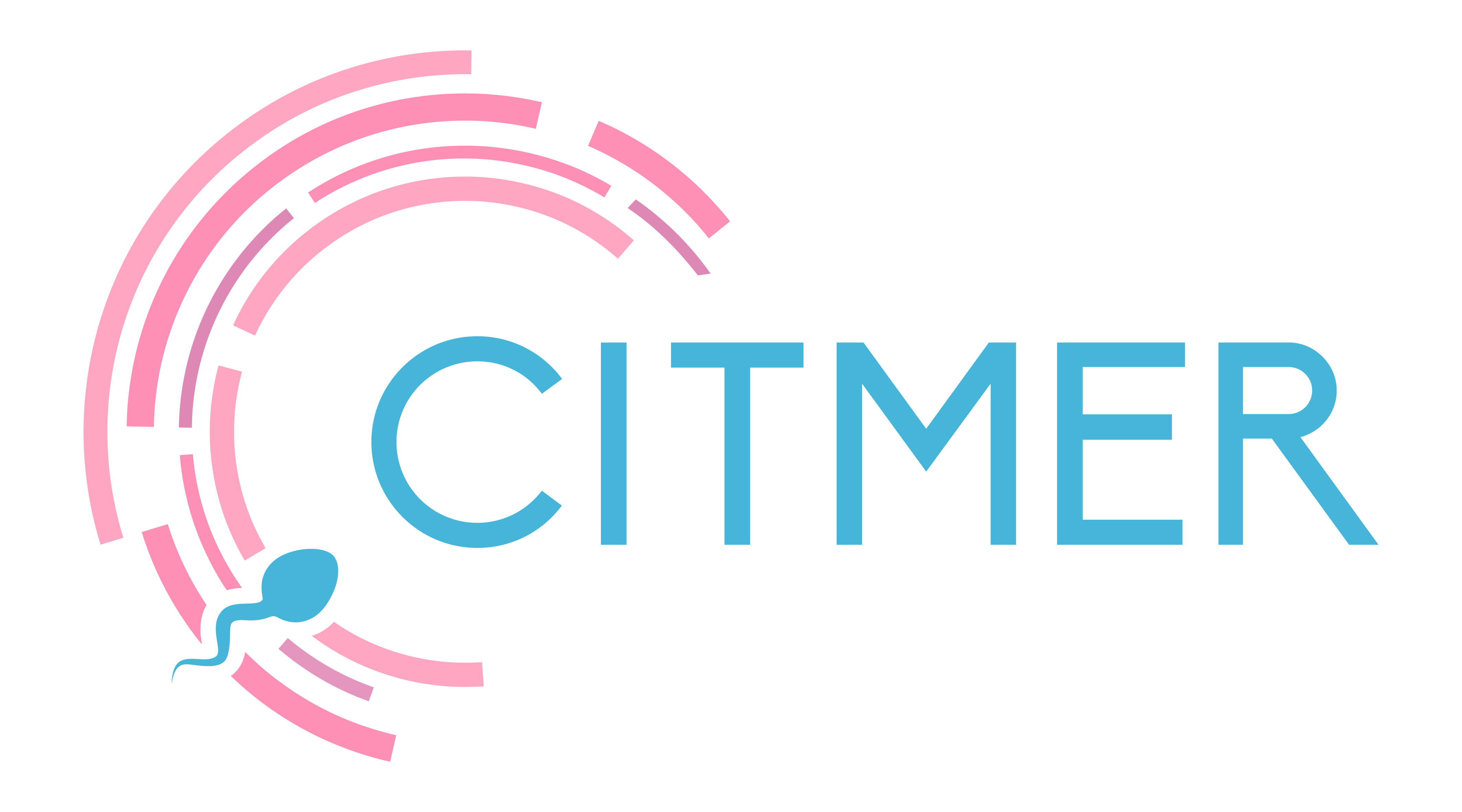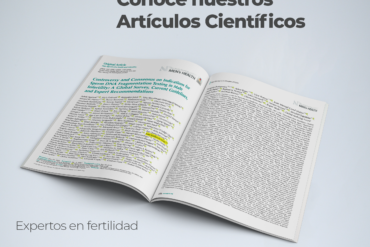Some couples have difficulty achieving pregnancy, even undergoing In Vitro Fertilization. When treatment fails, we have to identify the root of the problem, which could be a poor response to ovarian stimulation.
Ovarian stimulation is one of the most important stages in the in vitro fertilization, since it is required to obtain several ovules and be able to carry out the treatment. Sometimes, the response of the ovaries does not happen properly and due to this few eggs are obtained, reducing the chances of achieving a successful pregnancy. We call this situation low ovarian response.
What causes low ovarian response?
There are various causes of poor ovarian response, some include:
- ovarian tumors
- Side effects of any previous surgery.
- Endometriosis.
- Aging of the ovaries.
- Previous treatment with drugs that reduce ovarian reserve.
- Low ovarian reserve. That is, when the patient has few eggs.
Low ovarian reserve is the main cause of a "bad response" to stimulation. But how does it affect the patient? If we get few ovules to fertilize them, the chances of pregnancy decrease and embryo implantation may fail.
We know that couples who come to an assisted reproduction clinic long to have a baby and it's hard when they can't. As specialists, it is our responsibility to notify patients if we discover that they have few mature follicles or few eggs.
After discussing and informing the patient, we can offer solutions such as:
- Regulate hormones from the pituitary gland and hypothalamus so that the ovaries respond better.
- Modify medications and/or doses of ovarian stimulation. For example, different types and amounts of gonadotropins.
- Use growth hormone as an adjuvant treatment, which helps to solve the problem.
- Pretreatment (ovarian priming) with androgens or estrogens, to achieve more follicles or better quality of the ovules in the stimulation.
In the In Vitro Fertilization laboratory, several strategies can also be followed to increase the chances of a pregnancy:
- perform advanced techniques such as hatching assisted (opens the hard wall of the embryo called Pellucid Zone).
- Use embryo transfer on the 5th day (blastocyst stage).
- Accumulate good quality embryos (banking) in 2 or 3 IVF cycles and freeze them until reaching at least 2 good quality embryos for transfer.
In our assisted reproduction clinic we recommend the assisted hatching (also known as assisted hatching) in patients with multiple IVF attempts with low ovarian reserve.
Thanks to the development of new treatments and technologies, success rates have increased globally. But it is important to know that the experience of the Embryologist in the IVF laboratory and the technology of the laboratory is crucial to ensure maximum possibilities, both for the majority of the few eggs obtained to be fertilized and for them to develop in culture media with high quality.
In addition, with an optimal environment in the incubators we can increase the chances of transferring good quality embryos and increase the chances of successful treatment.
In other cases, when IVF with your own eggs fails, egg donation may be a good option.
Our laboratory director, Biol. Israel Maldonado, has 14 years of experience and has specialized – in Japan and Spain – in the successful management of patients with few ovules, as well as women with low ovarian reserve. Currently a professor at the Cleveland Clinic, United States and in the last 7 years, he was awarded as the best embryologist of the month of November in 2020 by the American College of Embryology.

Given the low ovarian response, a solution can be found.
At Citmer we help our patients to achieve pregnancy, always looking for a treatment that suits their needs.



